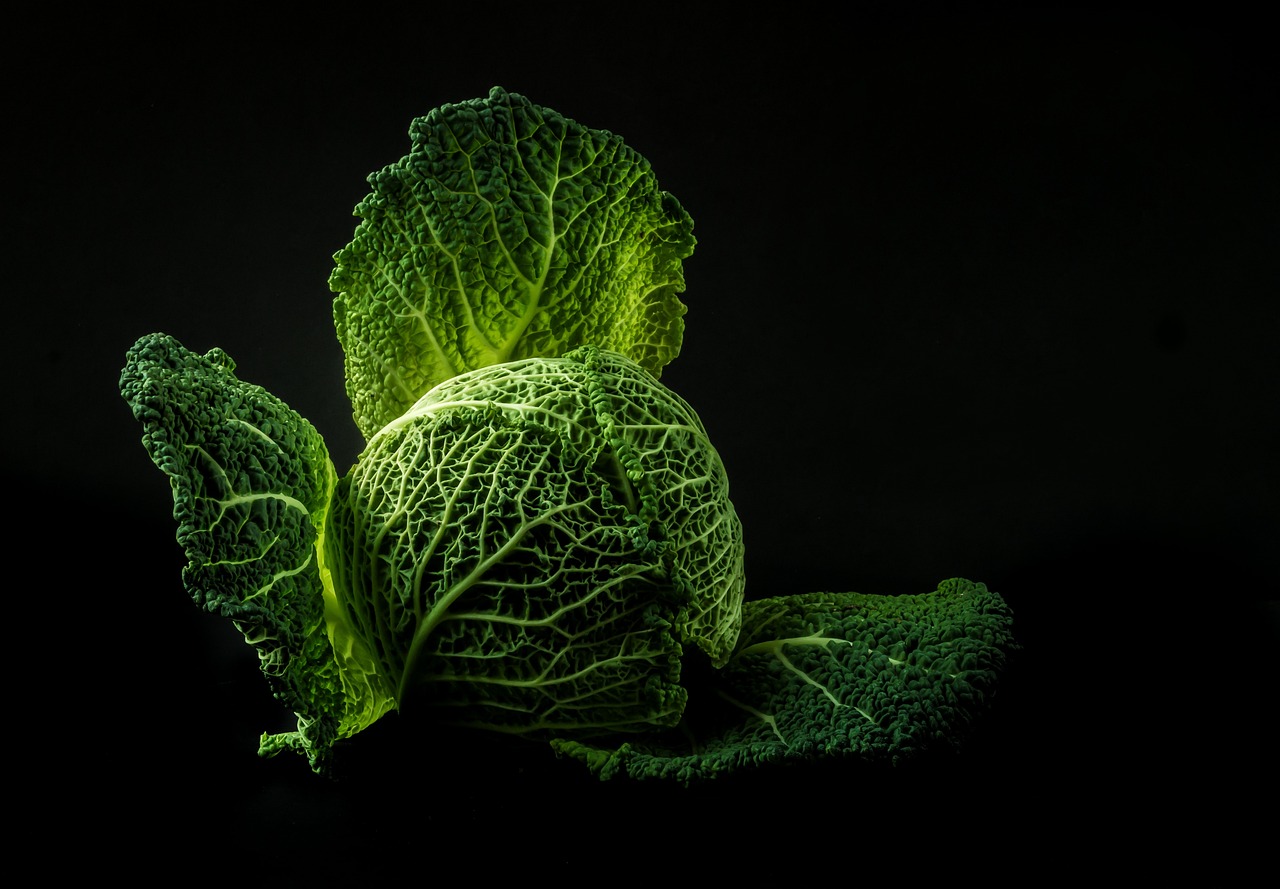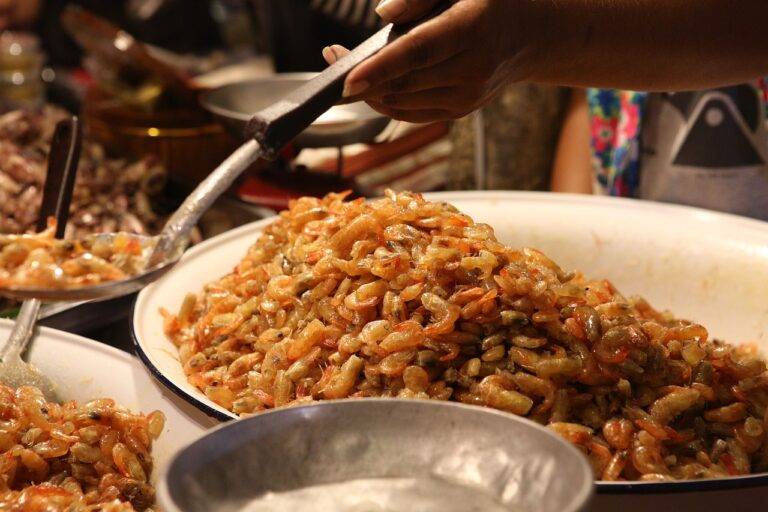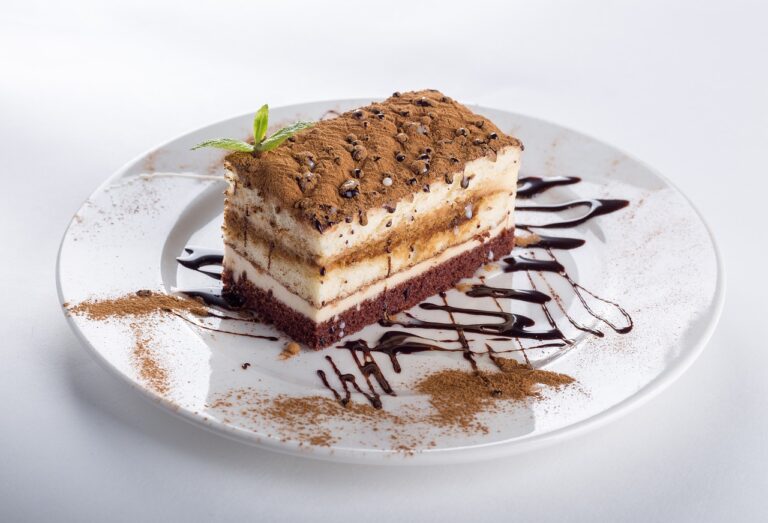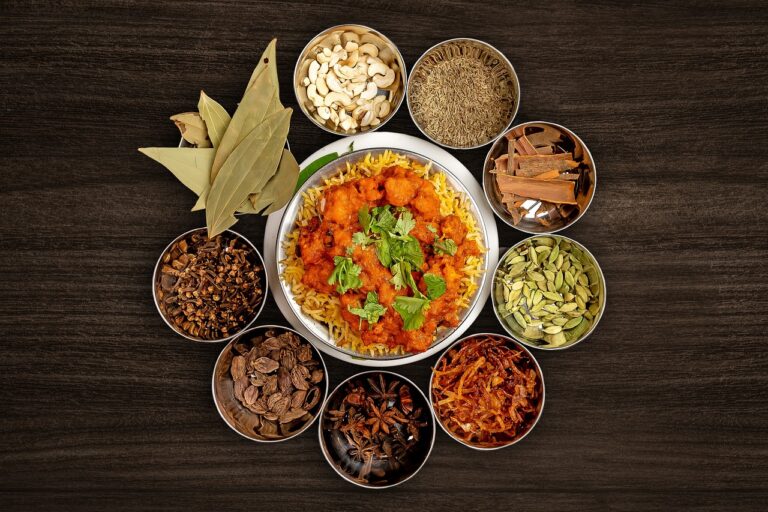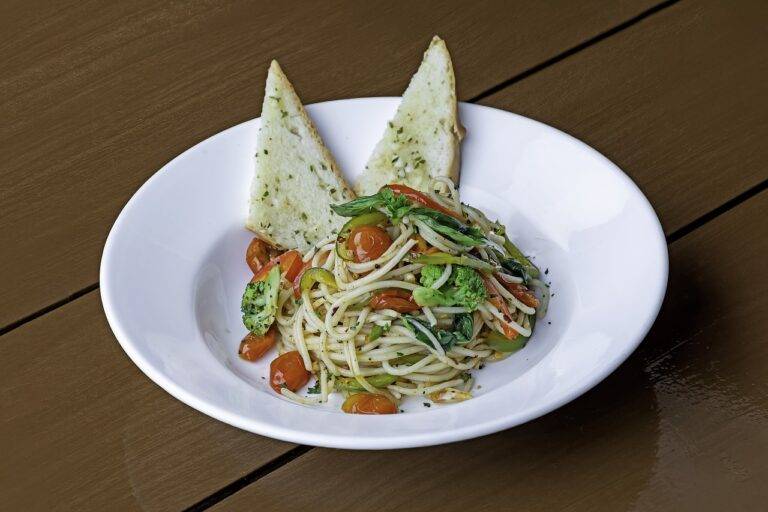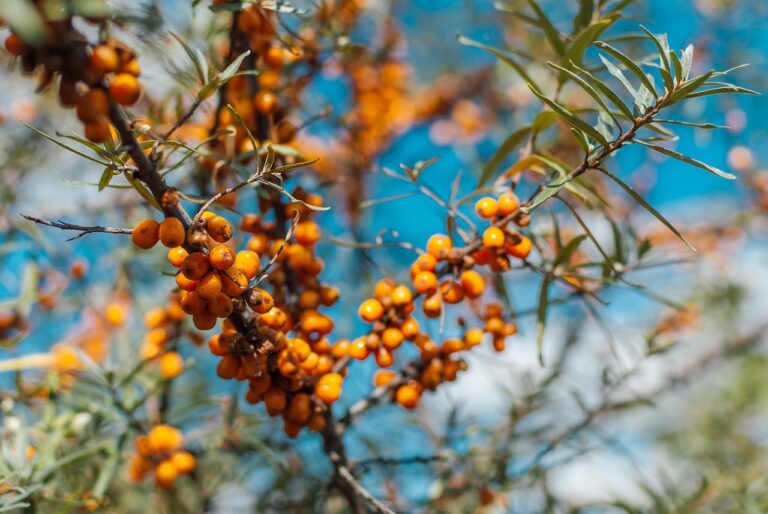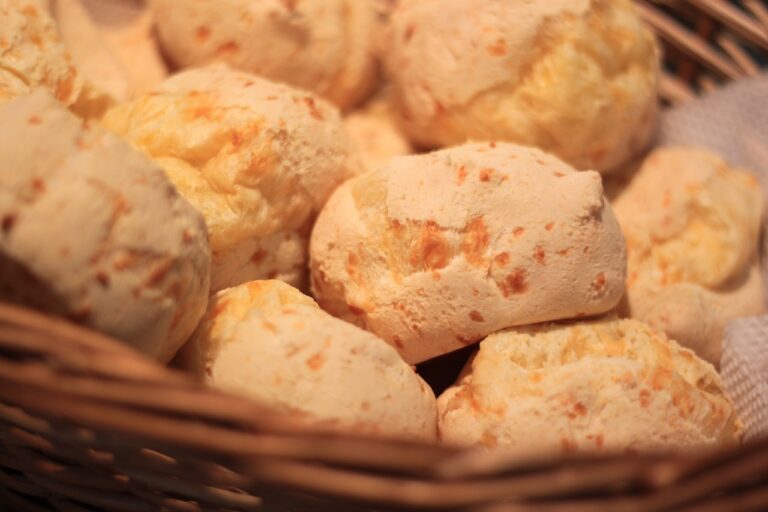The Art of Food Photography: Tips for Instagram-Worthy Shots
When composing a visually appealing shot of your food, props, and background, it’s crucial to pay attention to the arrangement. Start by selecting a simple and clean backdrop that complements but doesn’t overpower your subject. Avoid clutter and distracting elements that can take away from the main focus. Balance is key – consider elements of color, texture, and shape in your composition to create harmony in the overall image.
Your food and props should be arranged thoughtfully to highlight the best features of your dish. Play around with different placements to find the most visually pleasing arrangement. Consider using the rule of thirds to create a dynamic composition, placing key elements off-center for a more interesting and balanced shot. Remember that less is often more in food photography, so keep the arrangement clean and purposeful, allowing the viewer’s focus to be drawn to the star of the show – your delicious dish.
Lighting: The importance of natural light and how to manipulate it for the best results
When it comes to food photography, natural light plays a crucial role in capturing the true colors and textures of the dishes. Unlike artificial lighting, natural light can enhance the appearance of food by providing a soft, diffused glow that brings out the freshness and vibrancy of the ingredients. To make the most of natural light, consider shooting near a large window or outside during the day when the light is at its brightest and most flattering.
To manipulate natural light for optimal results, you can experiment with different angles and positions to find the best lighting for your specific dish. Avoid harsh midday sun that can create strong shadows and wash out colors, opting instead for softer morning or late afternoon light. You can also use reflectors or white surfaces to bounce light back onto the food and fill in any shadows, creating a more balanced and appealing look. By understanding how to work with natural light, you can significantly elevate the quality of your food photography.
Angles: Experimenting with different perspectives to capture the most flattering views of your food
To truly capture the essence and beauty of your food, exploring different angles can make a world of difference. Try getting up close and shooting from a top-down perspective to showcase intricate details and textures. This angle works well for flat lay photography and allows you to highlight the arrangement of ingredients and garnishes in a visually appealing way.
On the other hand, shooting from a lower angle can add a sense of depth and dimension to your food photos. This perspective creates a more intimate and inviting feel, especially when photographing dishes with layers or height. Experimenting with various angles will help you find the most flattering views of your food and elevate the overall presentation in your food photography.
Top-down perspective can showcase intricate details and textures
Works well for flat lay photography
Highlights arrangement of ingredients and garnishes in a visually appealing way
Shooting from a lower angle adds depth and dimension to food photos
Creates an intimate and inviting feel
Especially effective for dishes with layers or height
Experimenting with different angles will allow you to find the most flattering views of your food. By exploring various perspectives, you can elevate the overall presentation in your food photography and capture the essence and beauty of your dishes in unique ways. Don’t be afraid to try out different angles to see which ones work best for showcasing your culinary creations.
Why is composition important when taking photos of food?
Composition plays a crucial role in creating visually appealing food photos. By arranging your food, props, and background in a thoughtful way, you can create a more attractive and engaging image.
How can I manipulate natural light for better food photos?
To manipulate natural light for better food photos, consider shooting near a large window or using a diffuser to soften harsh light. You can also experiment with different angles to see how the light interacts with your food.
What are some different perspectives I can experiment with when taking photos of food?
Some different perspectives you can try when taking photos of food include overhead shots, side angles, and close-up shots. Experimenting with these angles can help you capture the most flattering views of your food.

